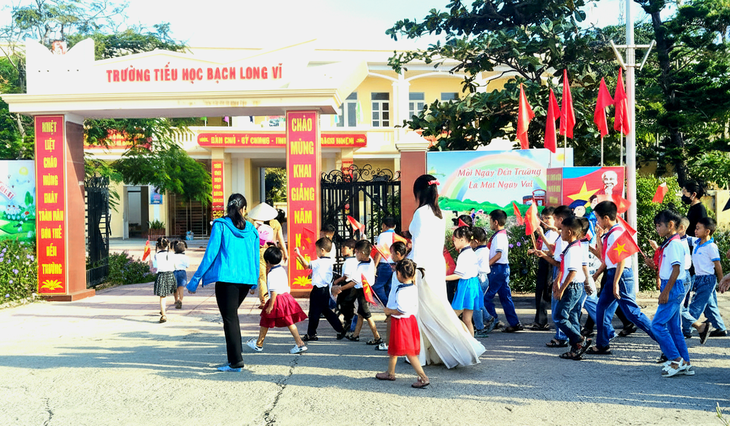
Bach Long Vi Primary School, Hai Phong City - Photo: MINH DONG
Speaking with Tuoi Tre , delegate Nguyen Thi Viet Nga - member of the National Assembly's Committee on Culture and Society - stated that the arrangement and reorganization of the network of general education institutions is a major policy of the Party and State to build a streamlined, effective education system, ensuring quality and suitable to practical conditions.
This is a task of strategic significance, associated with the requirement of fundamental and comprehensive innovation in education and training in the current period.
Must be learner-oriented
According to Ms. Nga, in fact, over the past time, during the development process, the network of schools and classes has been strongly expanded, contributing significantly to improving people's knowledge, training human resources, and serving socio-economic development.
However, along with the process of urbanization, migration, population fluctuations and changes in population distribution, many problems have arisen. Specifically, there are places with excess and places with shortage of schools; many small-scale schools with degraded facilities while in urban areas there are overloaded students and limited land funds.
Faced with this reality, it is extremely necessary to review, plan and rearrange the network of general education institutions to effectively use resources, ensure educational quality and meet the requirements of sustainable development. However, this process must be carried out carefully and scientifically, placing the interests of learners and teachers at the center.
Ms. Nga stated that the guidance document of the Ministry of Education and Training has clearly stated basic and specific principles and orientations, and localities need to rely on that to develop appropriate arrangement projects.
The most basic principle is not to affect teaching and learning. At the same time, it must not be applied mechanically, not follow administrative targets, but must originate from the goal of best serving the people's right to education and must be carefully calculated.
Ensure that students can still study in the most favorable conditions, without having to travel far, without increasing class sizes, and without disrupting the teaching staff.
"The most important thing is that every decision in arranging the school network must be aimed at learners. Learners must be guaranteed the right to study in a safe and favorable environment, have access to quality educational programs, have a team of qualified teachers, and facilities that meet the requirements of general education reform. This is a consistent requirement, demonstrating the humanity and stability of education policy," Ms. Nga stated.
Investigate and survey carefully
Regarding implementation solutions, Ms. Nguyen Thi Viet Nga suggested that the arrangement should be carried out on the basis of careful investigation and survey of the current situation of student population, facilities, staff and geographical conditions.
Localities need to develop a comprehensive plan with a clear roadmap, and closely coordinate with related sectors such as finance, agriculture and environment, construction... to ensure consistency and feasibility.
For urban areas and densely populated areas, the appropriate direction is to increase the scale of standard schools, invest in depth in facilities, reduce small schools, increase the application of information technology, and digital transformation in management and teaching.
On the contrary, in remote and particularly difficult areas, flexible policies are needed. Specifically, maintaining reasonable school locations and organizing multi-level general schools in sparsely populated areas, ensuring that students do not have to travel far to school, especially for primary school.
In particular, the reorganization process must be linked to policies to support affected subjects, such as students in moving areas, redundant teachers, and unused facilities. The arrangement and reuse of public assets must comply with regulations to avoid waste and loss.
Reorganizing the school network is a necessary step in the process of innovating state management of education, contributing to improving the efficiency of resource use, improving teaching and learning conditions, and moving towards a fair, high-quality and sustainable education.
However, the success of this process is not only measured by the number of merged schools or the reduction of focal points, but more importantly, by ensuring that all students study in a better and more favorable environment.
That is the highest criterion, the measure of correctness, humanity and suitability in the process of arranging the network of general schools - a task that is both urgent and long-term, requiring political determination, social consensus and a high sense of responsibility from the entire education sector.
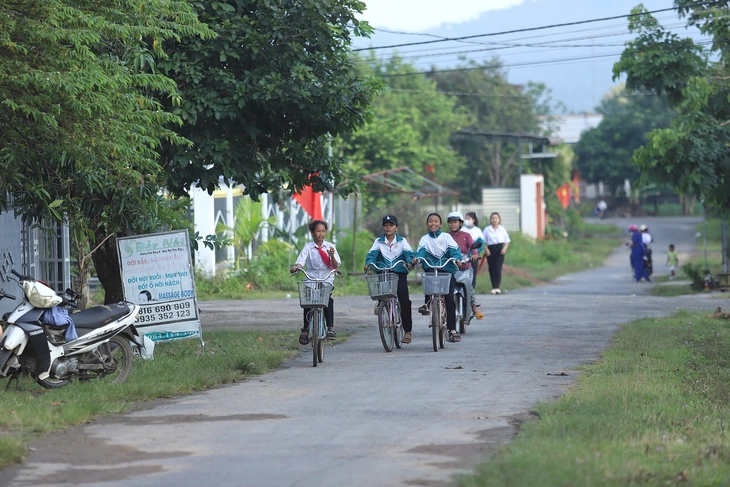
Students in the border area of Buon Don, Dak Lak go to school - Photo: TAM AN
Non-mechanical
Former Vice Chairman of the Committee for Culture, Education, Youth, Adolescents and Children (now the Committee for Culture and Society) Le Nhu Tien also assessed that the arrangement of the network of general schools in particular and educational and training establishments nationwide in general is necessary. He pointed out that the arrangement of ministries, agencies, and provinces in the recent past is a valuable lesson that can be applied to the arrangement of the education sector.
According to Mr. Tien, it is necessary to affirm that the arrangement of the entire network of educational institutions, especially general education, must clearly define the viewpoint so that every locality and region is fully covered, covering all levels and classes and ensuring the right to education of every student and citizen.
At the same time, this arrangement is not done mechanically but must be based on population factors, student ratio, administrative units...
In addition, it is also necessary to rely on the factor of the teaching system to fully meet the requirements of the arrangement. In which, if the training needs are large, an administrative unit can have many schools, but with small administrative units, with few students, it is necessary to arrange to ensure suitability.
He said that the newly issued guidelines of the Ministry of Education and Training clearly stated the principles and specific arrangement directions so that localities can base on them to implement appropriately, ensuring the correct requirements and set goals.
He expressed his agreement with the ministry's guidance when it clearly stated that kindergartens should not be merged with general schools; and general schools should not be merged with continuing education facilities.
"It would not be reasonable to merge kindergartens with general schools. Because kindergarten students are a completely different group, requiring special education, unlike primary, secondary or high school students.
Similarly, the vocational education - continuing education center is currently a multi-functional unit, both providing vocational training and performing continuing education tasks such as eliminating illiteracy, supplementing culture, granting high school diplomas to adults or organizing community education programs. Therefore, merging into a general school is completely inappropriate," Mr. Tien said.
Improve the quality of education
Another point Mr. Le Nhu Tien also pointed out is that the arrangement must improve the quality of education and training, not reduce or create inconsistencies between classes and levels. He also emphasized that the arrangement for general schools is very necessary and appropriate at this time, but it is necessary to determine that it is not necessary to issue a document, make a decision and then do it immediately, but there needs to be a suitable roadmap.
Merger, difficulties to overcome

Students of Tran Huy Lieu Secondary School, Duc Nhuan Ward, Ho Chi Minh City in a flag-saluting ceremony - Photo: TRI DUC
According to the Ministry of Education and Training, after merging provincial administrative boundaries, the scale and number of educational facilities in each province increased significantly.
On average, each province has over 1,000 public preschool, general education, vocational education and general education facilities, not to mention thousands of independent and private educational centers and facilities.
Immediately after implementing the two-level government arrangement, many Departments of Education and Training have reviewed the school network. Initially, some provinces have implemented the merger of schools and school locations in a commune or ward. At the same time, priority was given to building new schools in concentrated residential areas with high urbanization rates.
However, feedback from localities to the Ministry of Education and Training shows that the merger is difficult in ethnic minority and mountainous areas due to complex terrain, the distance for students in some places to travel to school is too far, and the merger will cause obstacles for students.
In urban areas lacking land to build new schools, lengthy investment procedures have delayed the progress of building new schools, while people have not yet reached a high consensus on the policy of merging schools and transferring students from one area to another.
The increase in the number of educational institutions after the merger has led to many shortcomings in management and professional coordination between the Department of Education and Training and schools when the intermediate level, the Department of Education and Training, no longer exists, there is a shortage of commune-level educational staff, and many people do not have educational expertise.
Currently, many localities are still in the process of reviewing, some places have just merged satellite schools into main schools.
Hanoi and Thanh Hoa are localities that maintain the same administrative boundaries as before implementing the two-level government, but are places with a very large number of educational facilities.
Specifically, Hanoi has nearly 3,000 kindergartens and general schools, of which over 2,300 are public schools. Thanh Hoa has over 2,000 kindergartens and general schools, of which over 1,850 are public schools.
Some provinces after the merger have seen a sharp increase in the number of educational establishments, such as Bac Ninh province. According to Mr. Bach Dang Khoa - Deputy Director of the Department of Education and Training, the number of educational establishments is currently over 1,200 (previously, the old Bac Giang had over 760 establishments, the old Bac Ninh had over 460 establishments).
Hung Yen province, according to Deputy Director of the Department of Education and Training Nguyen Ngoc Ha, currently has over 1,200 kindergartens and general schools. While before the merger, Hung Yen had only 480 schools and Thai Binh had 736 schools.
The view of the Ministry of Education and Training in the new context is to continue reviewing to merge schools and school locations, reduce the number of educational facilities in each province to streamline the management apparatus, concentrate resources (facilities, teachers) for each educational facility, and improve the quality of education is the set goal.
Source: https://tuoitre.vn/sap-nhap-cac-truong-pho-thong-ra-sao-20251006225703607.htm


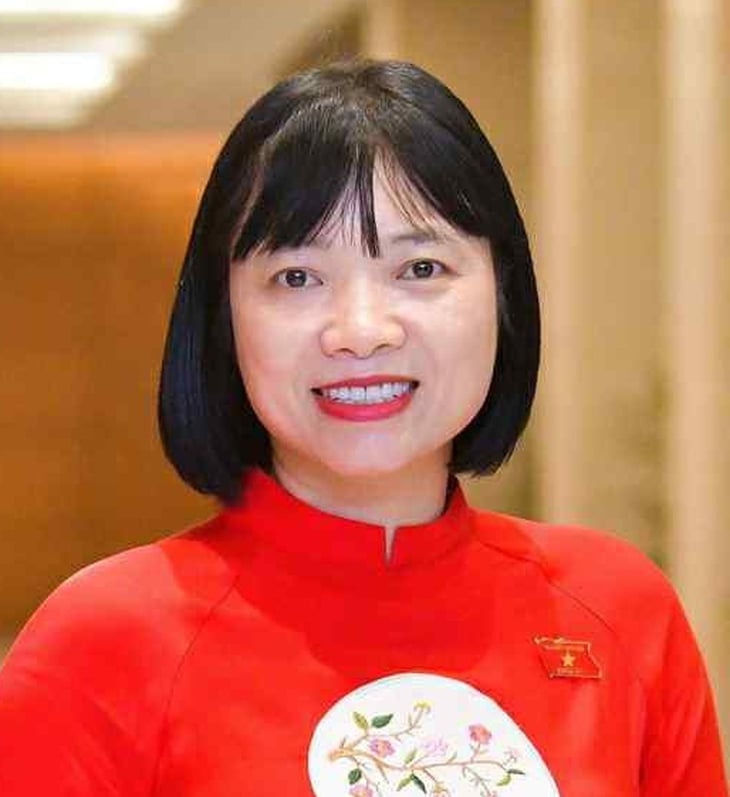



![[Photo] Next to the "mountain of trash" after the flood, Tuy Hoa residents strive to rebuild their lives](/_next/image?url=https%3A%2F%2Fvphoto.vietnam.vn%2Fthumb%2F1200x675%2Fvietnam%2Fresource%2FIMAGE%2F2025%2F11%2F24%2F1763951389752_image-1-jpg.webp&w=3840&q=75)


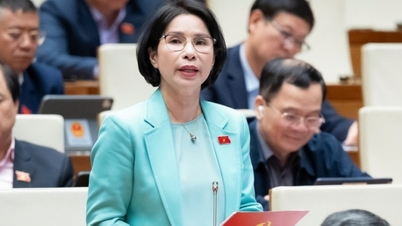








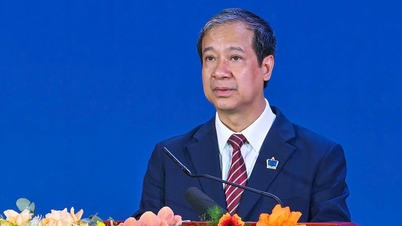


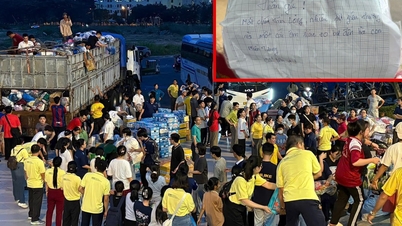

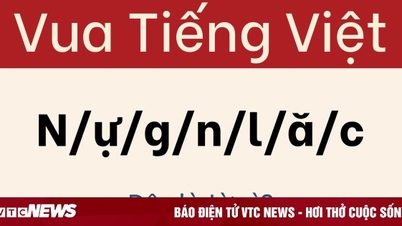
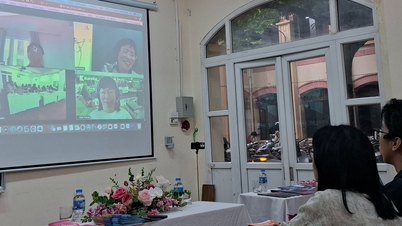





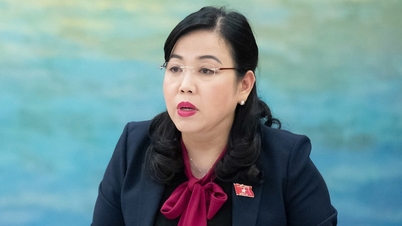
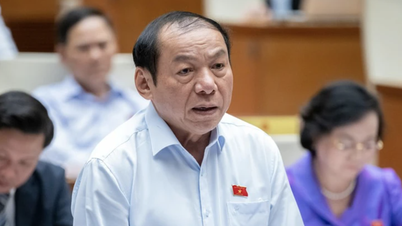
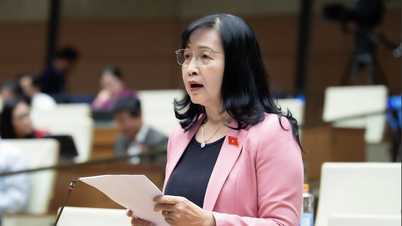
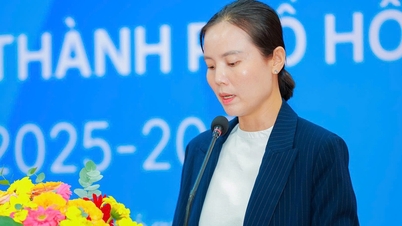






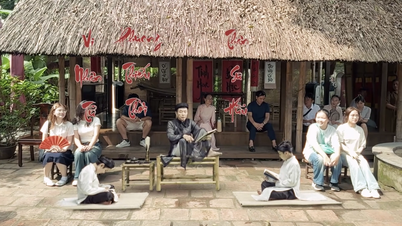

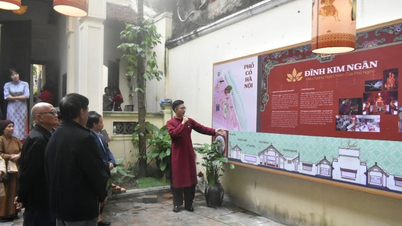













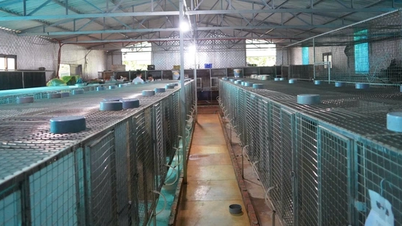


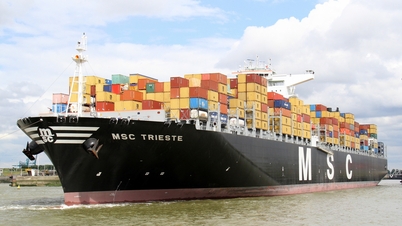

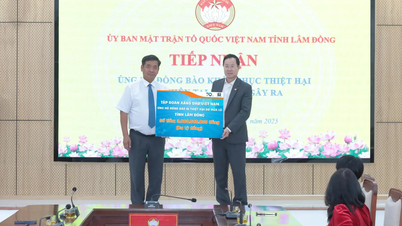

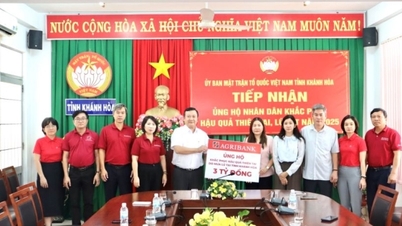

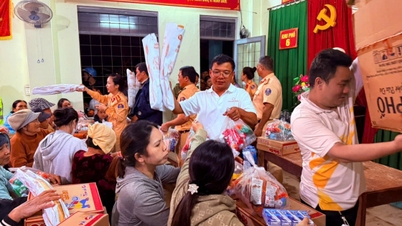

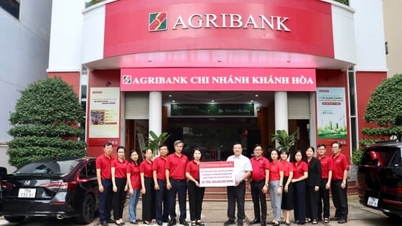



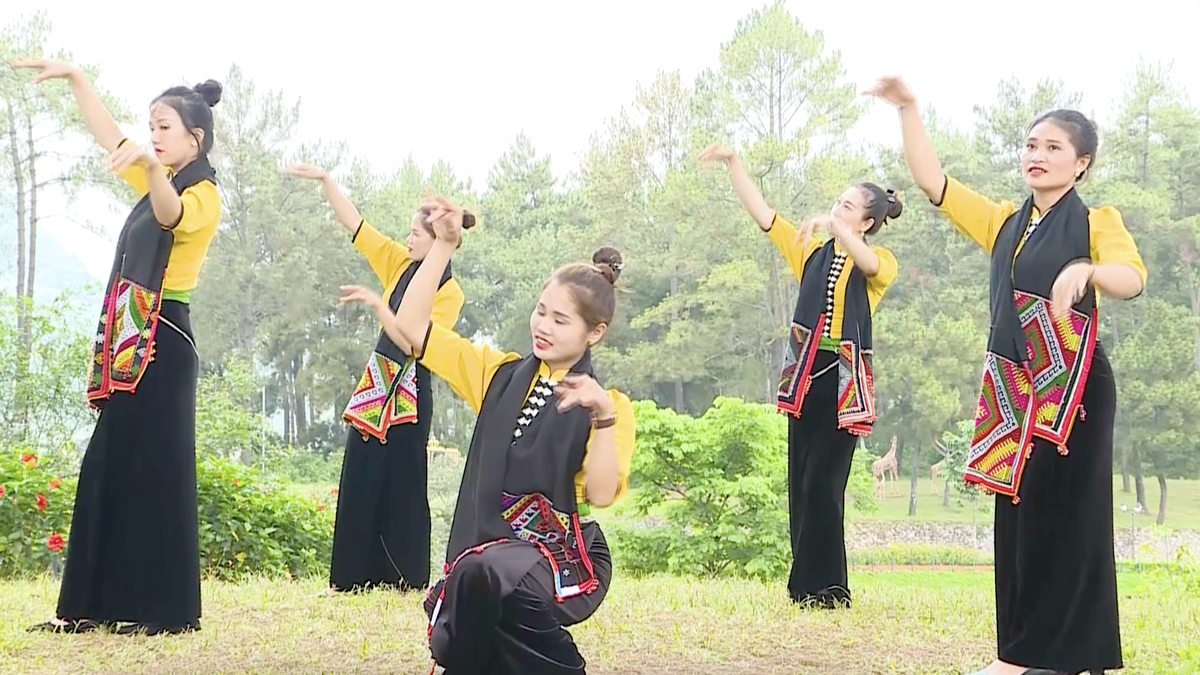


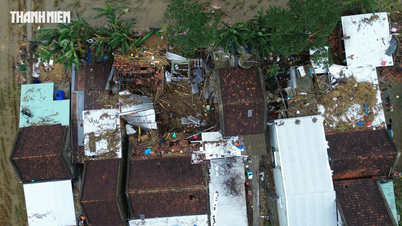

![[Photo] General Secretary To Lam attends the National Conference to review the Party's inspection, supervision and discipline enforcement work in 2025 and the 13th Congress term](https://vphoto.vietnam.vn/thumb/402x226/vietnam/resource/IMAGE/2025/11/24/1763967570884_anh-man-hinh-2025-11-24-luc-13-59-19.png)
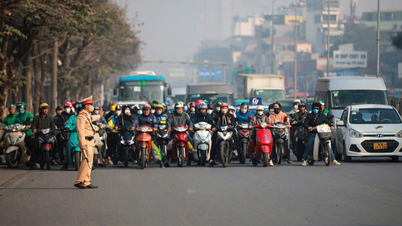






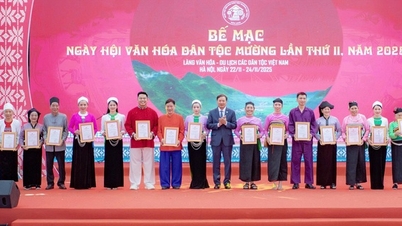
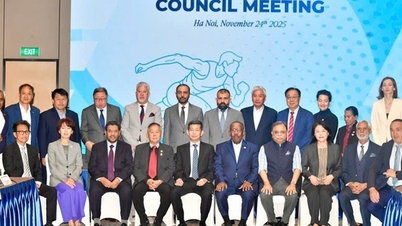




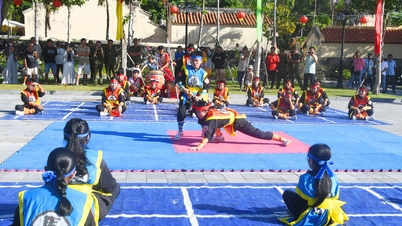
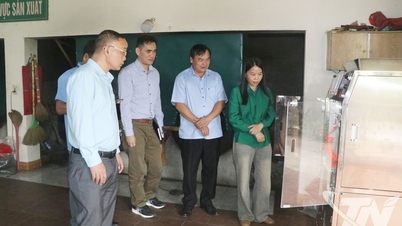






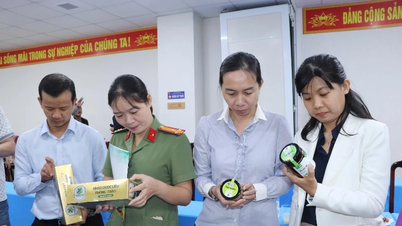
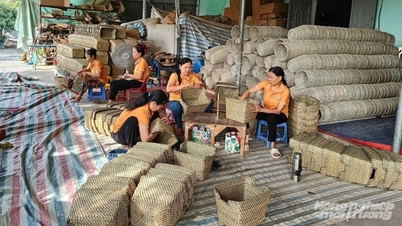








Comment (0)